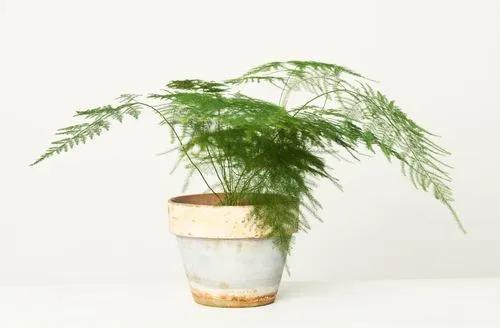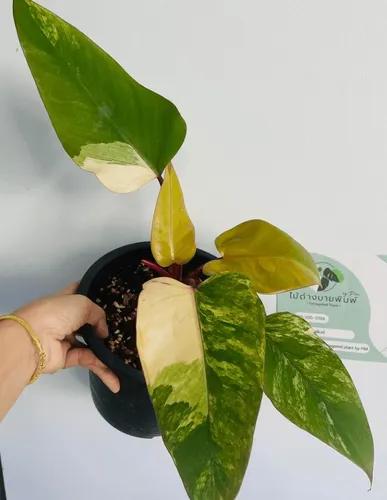Ficus retusa is one of the most suitable plants for indoor bonsai. This tree can grow up to 10m high in the wild. It can also be grown as a shrub or a small tree indoors.
Ficus Bonsai Care
Ficus retusa



Bonsai is a term to describe the Japanese horticultural art of growing dwarfed plants and shrubs in small pots. Botanists believe this art originated in China more than 4000 years ago.
The name ficus bonsai (or Ginseng ficus) сovers a large variety of plants. All of them are really simple to maintain due to their small size and unpretentiousness. The Ficus retusa tree has dark-green oval-shaped leaves and a thick trunk with tiger-like stripes. It naturally grows in the Malay Archipelago and Malesia floristic region.
How to Care for the Plant

Water

Ficus retusa doesn’t need a lot of moisture. You should water it whenever the soil starts to get dry. The plant tolerates underwatering. Excessive dampness can cause fungal problems. Soft tepid water will be the best option.

Pruning

If you want your bonsai to retain its shape, regular pruning is very important. You may prune it all year round, but mostly in the growth season (spring/summer).
First of all, carefully remove all the weeds and dead leaves. Pay attention to broken and crossed branches. If the tree’s branches rub against each other, it can lead to damaged wood. Wounds on the bark are an easy target for pests. Use special bonsai scissors to cut the bad branches right off the trunk. When a branch grows more than 6-8 nodes, it’s time to cut them down leaving only 3 to 4 nodes. This prevents Ficus retusa from growing too wide and encourages new fresh leaves to grow.
Fertilizer

It is necessary to fertilize Ficus retusa every two weeks during summertime and every month during winter. Normally bonsai fertilizers come in pellets or in liquid form. Organic liquid fertilizers such as a fish emulsion or an organic seaweed will be great for your tree.

Sunlight

Ficus retusa prefers full sunlight. However, direct afternoon sun can be harmful to leaves as it burns them. Make sure you place the plant not too close to the windows.

Soil

Choosing a proper soil mixture for your Ficus retusa is crucial. Cheap mixtures can become a problem as they absorb water pretty poorly after getting completely dry. It may seem that you’ve watered your tree but the water will simply sink to the bottom of the pot. Inorganic particle-based soil drains quickly and lets the air get to the roots. A proper soil mix for your tree should consist of 50% Akadama clay, 25% Pumice rock and 25% organic rotting compost. Don’t forget that too much compost can retain the water and make the roots rot. Fine gravel and lava rock are used as a bottom layer. The roots can’t grow through them, so this rock mix helps the water to drain perfectly.

Propagation

The plant can be propagated from cuttings (during mid-summer) and seeds (during spring). If you want to build a single trunk, bigger than the smaller ones, you can tie a few young plants together. This is where proper wiring may come in handy.

Temperature

Ficus trees are tropical plants so they prefer a medium temperature that is not lower than 60˚F(15˚C). During winter time Ficus retusa should stay inside away from the front door and any drafts. If it’s too cold, the tree can drop its leaves. In that case you should take measures to provide a warmer environment for your tree.

Container

A classic Bonsai pot is usually made of porcelain. It should be stoneware burned so the material absorbs and doesn't hold any excess water. It is important for the health of your tree.
The height of the pot should be equal to the width of the tree trunk just above the surface roots. The size of round or square pots should be 1/3 the height of the tree. If you choose an oval or a rectangular pot, it has to be around 2/3 of the tree's height. The wider the foliage, the bigger the pot should be. This particular shape of a pot constricts your tree’s roots and helps it to grow slower.
Don’t forget that a nice bonsai pot has to be equipped with 1 to 4 drainage holes. Some pots have special wiring holes. They are usually smaller than your normal drainage holes. You may want to weave some wire through them to help the tree to grow upright. If your perfect pot doesn’t have original holes, you can drill them yourself.
Fun fact

A dwarf variety of Ficus microcarpa is often labeled as a Ficus retusa bonsai.
One of the most ancient representatives of Ficus retusa can be found in Crespi Bonsai Museum in Milan, Italy. It is about a thousand years old.

Popularity

7,324 people already have this plant 1,883 people have added this plant to their wishlists
Discover more plants with the list below
Related articles






